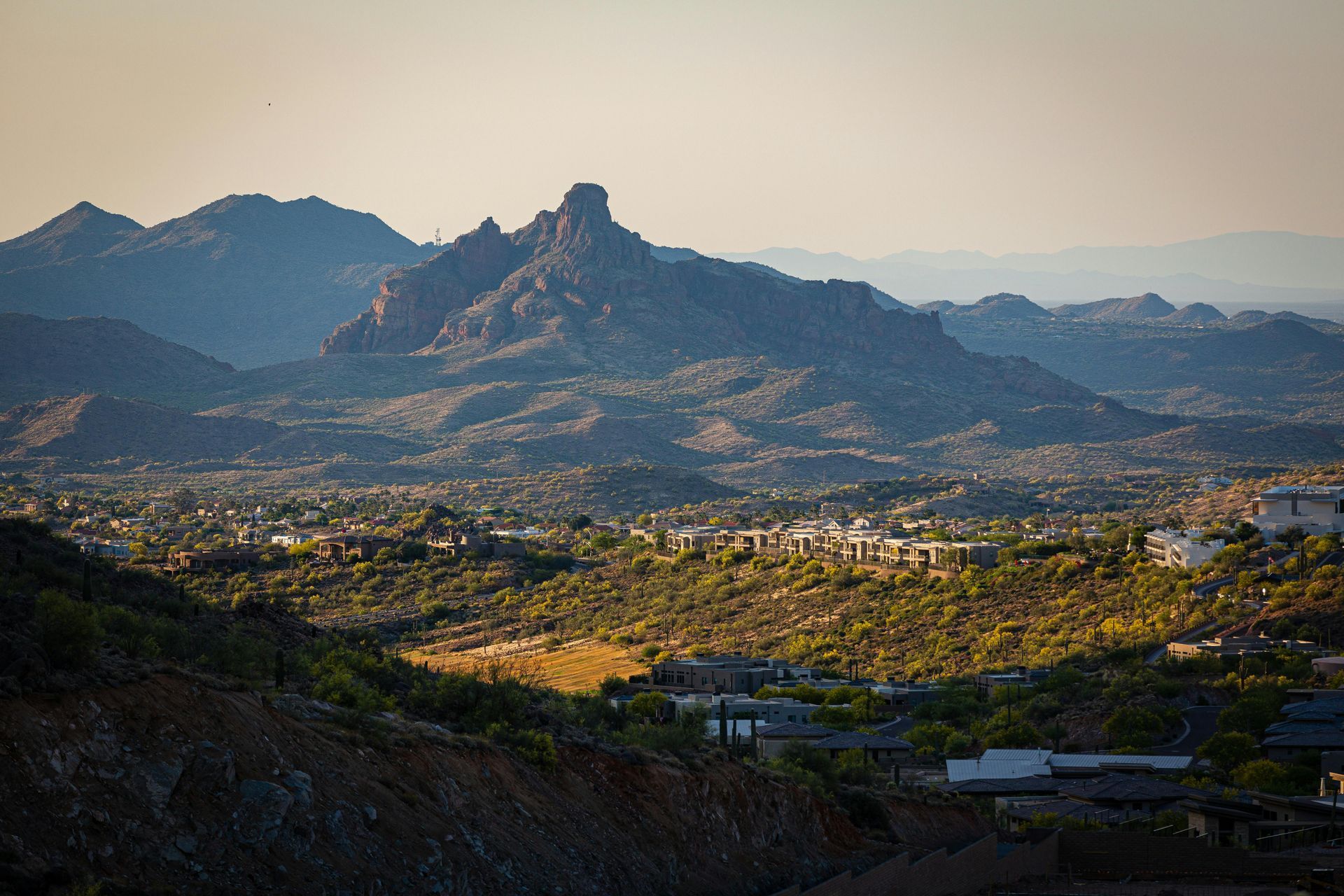Understanding Arizona Property Taxes: What Homeowners and Buyers Need to Know

For anyone buying or owning real estate in Arizona, understanding how property taxes work is essential—not only for budgeting, but also for evaluating the total cost of homeownership over time. While Arizona is often praised for its relatively low property tax rates compared to other states, the system behind those taxes is anything but simple. From assessment timelines to due dates and exemptions, here's what buyers, sellers, and homeowners should know to stay informed and financially prepared.
How Arizona Property Taxes Are Calculated
Arizona property taxes are calculated based on the property's assessed value, not its full market value. The assessed value is determined by the county assessor and is a percentage of what’s called the Limited Property Value (LPV), which is capped by law to help prevent sharp increases year over year. The LPV is not allowed to increase by more than 5% annually, regardless of how much the actual market value may rise.
Each property is assigned a classification—for example, residential, commercial, or agricultural—and each classification has its own assessment ratio. For residential properties, the assessment ratio is currently 10%. That means if the LPV of your home is $300,000, the assessed value is $30,000. This assessed value is then multiplied by the combined tax rate in your area, which includes rates from school districts, municipalities, counties, and special taxing districts.
Arizona Property Tax Rates
Arizona’s average effective property tax rate is approximately 0.51%, well below the national average of around 0.99%, according to recent data. However, rates vary widely depending on the county and the city in which the property is located. For example, homeowners in Maricopa County—which includes Phoenix, Scottsdale, and Mesa—may pay a different rate than those in Pima County or Coconino County.
To give context:
- Maricopa County’s average effective tax rate is about 0.61%
- Pima County, home to Tucson, averages closer to 0.86%
- Rural counties often have even lower rates, though services and school funding may reflect that difference
When Are Arizona Property Taxes Due?
Arizona property taxes are billed twice per year but follow a somewhat unique schedule. Here’s how it works:
First half of the tax year (January 1 – June 30):
- Due: October
- Delinquent after: November 1
Second half of the tax year (July 1 – December 31):
- Due: March 1 of the following year
- Delinquent after: May 1
This staggered structure can catch new homeowners off guard, especially those relocating from states where taxes are due in a single annual payment. In Arizona, even though taxes are billed biannually, many homeowners choose to pay both installments at once, often coordinated through their mortgage escrow account.
Paying Property Taxes in Arizona
Homeowners can pay property taxes online through their county treasurer’s website, by mail, or in person. Many mortgage lenders collect estimated property tax payments as part of your monthly mortgage payment and handle the actual payments on your behalf through an escrow account. It’s a good idea to review your escrow analysis annually to ensure your lender is collecting the appropriate amount—especially if your home’s assessed value has changed.
Exemptions and Discounts
Arizona offers several property tax relief programs for eligible residents, including:
- Senior Valuation Freeze: Homeowners aged 65+ with limited income may qualify to freeze the property's assessed value for up to three years.
- Widow/Widower and Disability Exemptions: Qualifying individuals can apply for reductions in their property tax bills.
- Exemptions for Veterans: Disabled veterans or their surviving spouses may be eligible for tax relief based on their level of disability and income.
Each exemption has its own criteria and application window, so it’s important to check with your local county assessor’s office early in the year if you believe you may qualify.
Understanding Your Tax Statement
Property tax statements in Arizona are typically mailed by the end of September and detail the LPV, assessed value, applicable tax rates, taxing jurisdictions, and total tax due. Reviewing your statement each year helps ensure accuracy and transparency—and can help you track how changes in local levies may impact your future tax liability.
Property Taxes in the Context of Buying or Selling a Home
In a real estate transaction, property taxes are typically prorated between buyer and seller at closing. That means if the seller has already paid taxes for a period the buyer will occupy the home, the buyer reimburses the seller through the closing statement—or vice versa. This ensures that each party pays their fair share of taxes based on the time they owned the home during the tax year.
Final Thoughts
Arizona’s property tax system is both stable and comparatively affordable, which is one of the reasons the state remains an attractive option for homeowners, retirees, and real estate investors alike. But low rates don’t mean property taxes should be overlooked—especially in a fast-appreciating market.
Whether you're budgeting for a home purchase, reviewing your annual tax bill, or evaluating investment performance, understanding how Arizona property taxes are calculated and when they’re due helps you stay ahead. Smart real estate decisions always include a look at the full financial picture—and property taxes are a key part of that equation.

